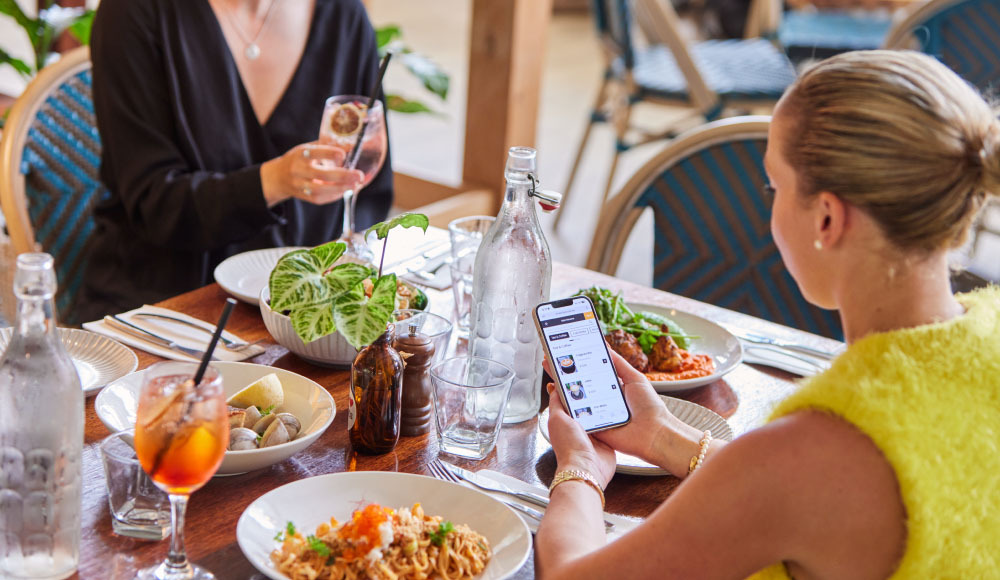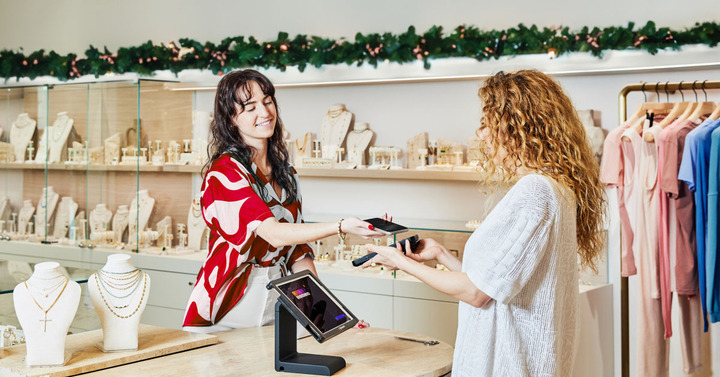Americans, Planning on Dining out More, Turn to Savvy Money-Saving Strategies: Doggy Bags, Happy Hours and Value Meals Surge in Popularity

81% of Americans are dining out once a month or more, with 39% dining out once a week or more.
Money-saving hacks include grabbing a doggy bag (45%), opting for value meals (39%), and taking advantage of happy hour deals (36%).
Consumers are reaching the tipping point with 58% feeling the pressure to tip, while 44% saying inflation has affected their ability to do so.
QR menu codes face strong resistance: approximately nine in ten (89%) prefer physical menus, 34% ‘hate’ QR versions.
With dining costs on the rise, Americans are getting creative to save a few bucks when eating out, according to the latest research from Lightspeed Commerce Inc., the one-stop commerce platform empowering merchants to provide the best omnichannel experiences.
Lightspeed surveyed more than 7,500 dining consumers globally, with 1,500 respondents in the U.S. to better understand how dining trends have evolved in the past year. Some good news for restaurants on the horizon: 51% of respondents said they will either continue to dine out at the same rate, or increase going out in the next six months. That being said, consumers are certainly looking at how best to stretch their dollar, as seven in ten (69%) diners report higher meal prices, and four in ten (39%) notice their favorite dishes are shrinking in size—a phenomenon commonly referred to as ‘shrinkflation.’
Dining Out on a Budget
With 81% of respondents dining out at least once a month, and 39% dining out once a week or more, Americans are looking for ways to continue to keep dining fun and affordable, and pulling out all the stops. A savvy 43% are hunting for deals with coupons, 39% are choosing value meals, and 36% are making the most of happy hour specials.
Doggy bags are back in vogue! Nearly half (45%) of respondents are not shy about asking to box up their food to stretch their dining dollars. Interestingly, 53% of women compared to 38% of men are more likely to enjoy a second meal with the leftovers. Older Americans, particularly those aged 55 or older, are similarly inclined, with 53% taking doggy bags home. Diners in Los Angeles appear more conscious about food waste, with 51% requesting leftovers to go.
“Value is certainly top of mind for restaurant diners at the moment,” said Dax Dasilva, CEO and Founder of Lightspeed. “Restaurateurs need to adapt to an environment of cost-savings, but also perceived value. Customers don’t want to sacrifice the experience of dining out, they still want to feel like they are treating themselves. Keeping this in mind encourages repeat visits, and a better overall customer experience.”
The Tipping Point
Tipping continues to be a hot topic in the quest to save money when dining out. A whopping 73% of diners are not fans of auto-tipping prompts on digital screens, with 58% saying they feel pressured to tip more than they’d like—often to avoid appearing stingy or cheap.
Inflation has affected the amount diners are willing to tip, according to 44% of survey respondents and more than half (55%) in the 18-34 age group. That being said, the majority of restaurant-goers remain generous tippers. 38% said they prefer to tip between 16-20%, with 34% opting for 10-15% and 13% tipping 21% and above.
Interestingly, for scenarios outside of the normal tipping etiquette, survey respondents were overwhelmingly supportive of tipping delivery drivers (61%), while coffee shops (28%) and ordering at the counter (19%) fell short.
QR Codes and Menus Don’t Mix
The backlash against QR code menus is palpable. While 20% of respondents appreciate their hygiene benefits, nearly nine in ten (89%) would rather flip through a physical menu, especially at fine dining spots where this jumps to 94%. Some 34% say they downright ‘hate’ QR code menus, and a quarter (25%) grumble that the text on digital menus is just too tiny to read.
The disdain for QR codes is more pronounced among the older generation, with 62% of those aged 65 and above requesting a paper or printed menu when presented with a QR code by a server. Additionally, 32% admit to not being tech-savvy enough to navigate QR code menus.
“Technology on its own, does not necessarily provide a better customer experience,” said Dasilva. “Restaurants should think holistically about how best to integrate customer preference and technological innovation to create a unique dining experience. The use of QR codes is not inherently negative. They can be extremely useful in the case of at table payments, or quick ordering; it’s more about understanding the use cases that work than applying a catch-all solution. By staying adaptable and responsive to changing consumer preferences, restaurants can not only survive but also thrive in the current landscape.”
To read more, view press release.


